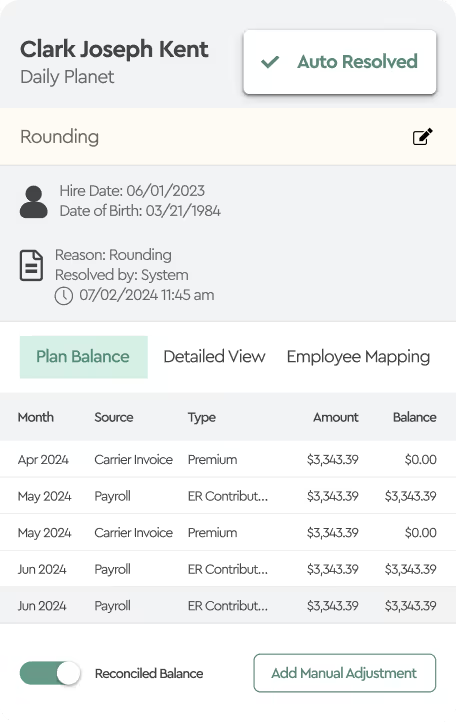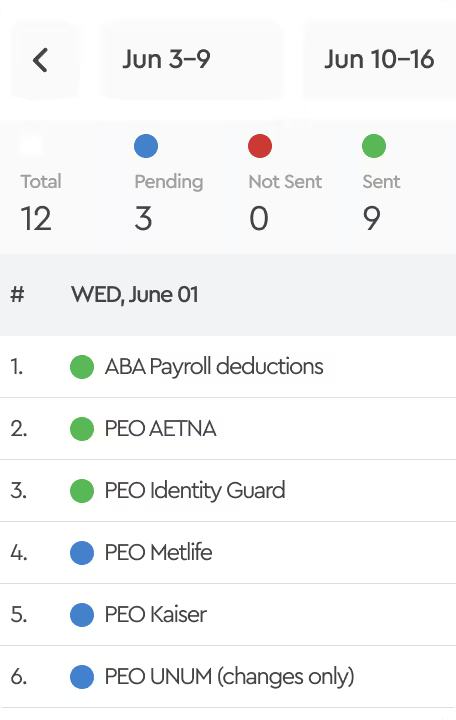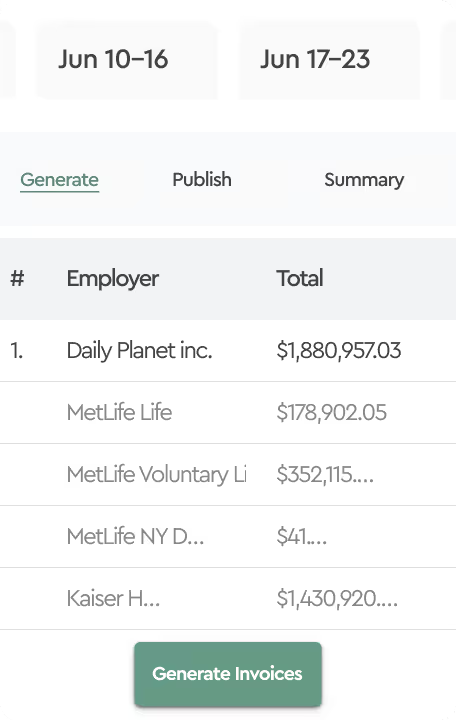March 1, 2023
Digital Age or Decay? Is Management By Walking Around Becoming Obsolete?
In the age of remote work, effective management can be challenging, but it is essential for achieving success. One popular management style that has stood the test of time is Management by Walking Around (MBWA). Initially introduced in the 1980s by Tom Peters and Robert Waterman's book In Search of Excellence, MBWA encourages managers to interact with their employees in a casual and informal manner by walking around the office and engaging in conversations. However, in the digital age, with remote employees, MBWA requires adaptation to remain effective. This article explores the benefits and challenges of MBWA in the digital age and offers tips for adapting the approach for remote teams.
Management by Walking Around (MBWA) is a popular management style that has been used since the 1980s to build relationships and trust between managers and employees. However, in the digital age, with remote employees, MBWA has become challenging to implement. The question is whether this style of management is still effective or not.
The Benefits of MBWA
MBWA has many benefits for both managers and employees. It allows managers to gain a better understanding of their employees' work and build relationships based on trust and open communication. It also encourages employees to be more honest and open with their managers, as they feel valued and listened to.
The Challenges of MBWA
In the digital age, implementing MBWA can be challenging. Managers cannot physically be present in the office, making it difficult to connect with employees. It also requires managers to be available at all times, which can be difficult to manage with a busy schedule.
Adapting MBWA for the Digital Age
Despite the challenges, MBWA can still be effective in the digital age if it is adapted to fit the new environment. Managers can use virtual meetings and video conferencing to stay connected with their employees. They can also use digital tools to track progress and performance. This may require some training and investment, but it can lead to streamlining manual and repetitive processes, and improve overall efficiency.
Conclusion
To ensure a successful transition, both managers and employees need to approach the change with an openness to new ways of doing things. The adaptation of MBWA to the digital age may lead to even more effectiveness and success.







